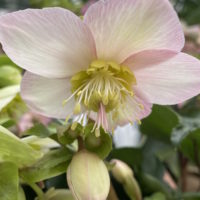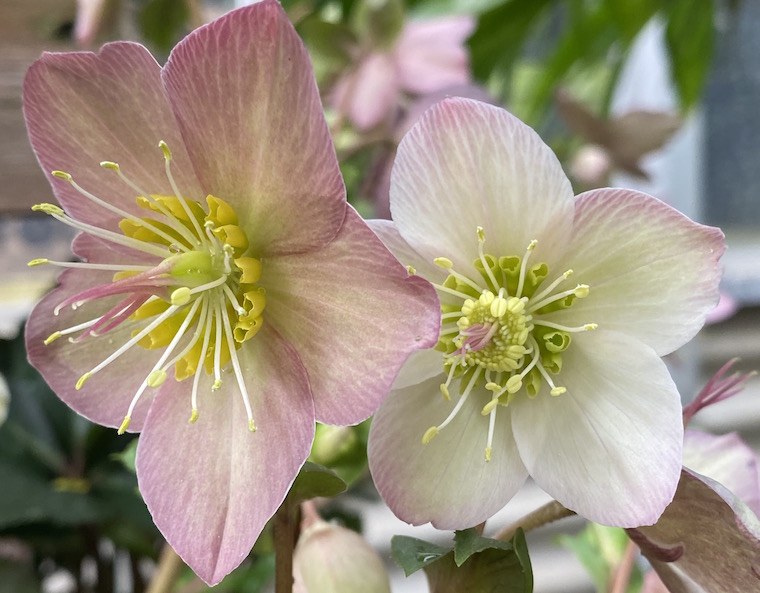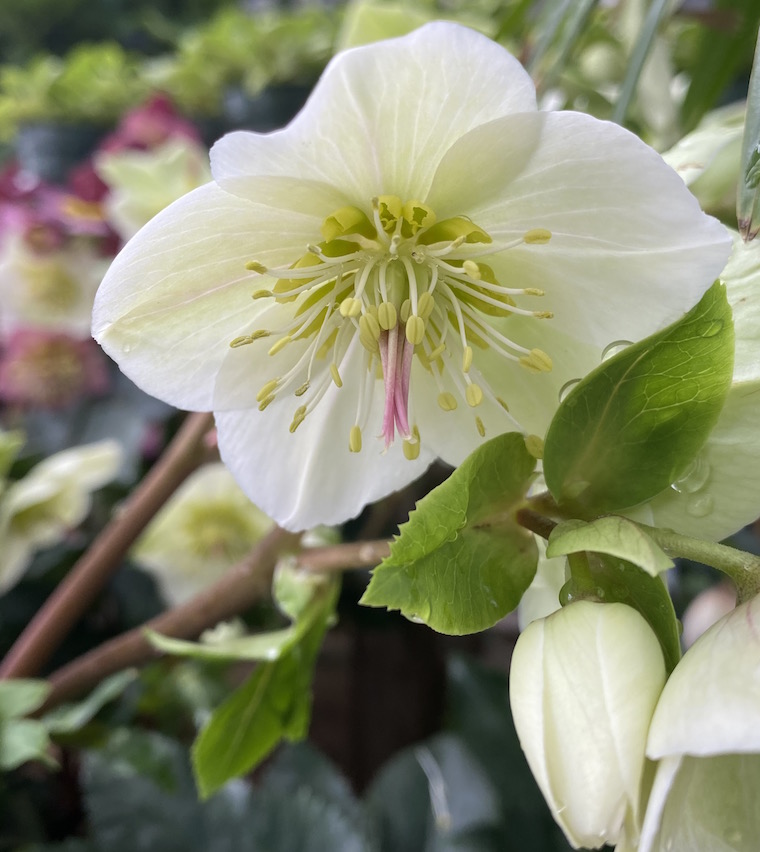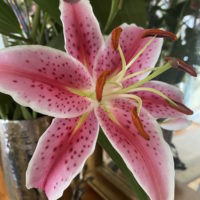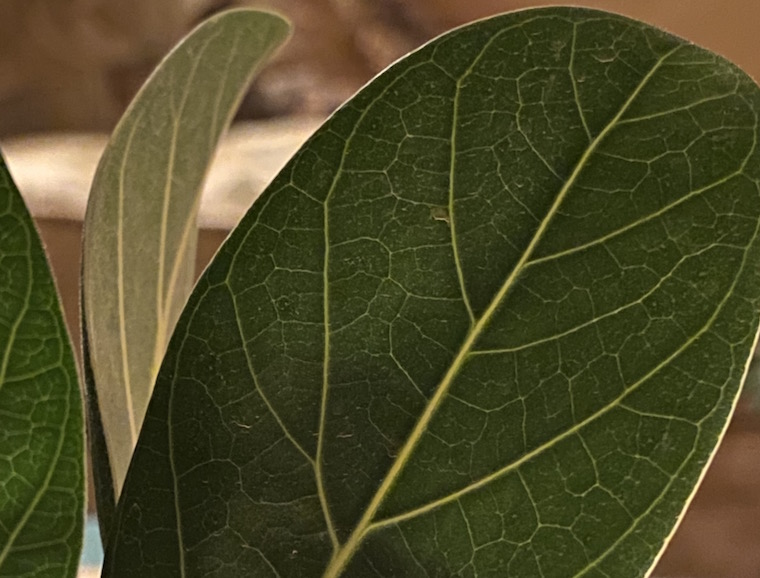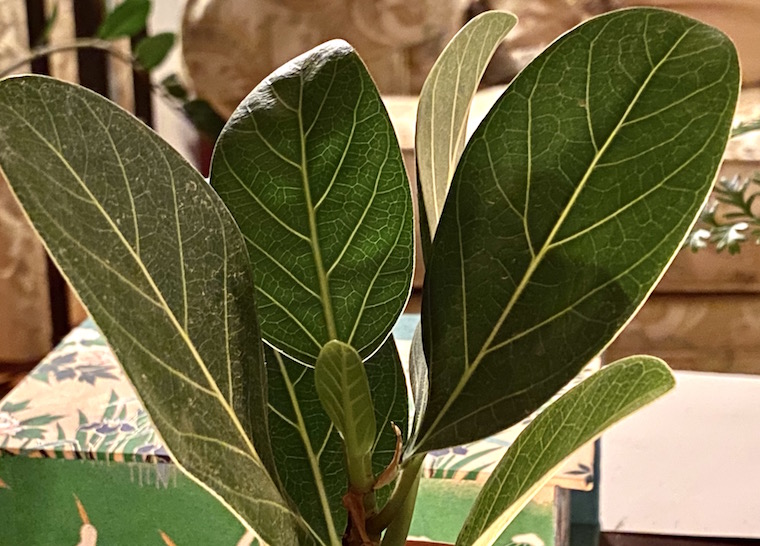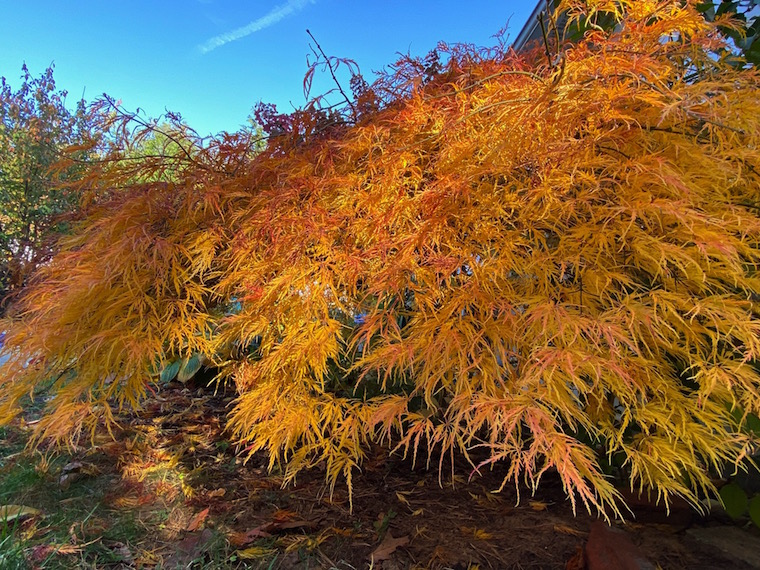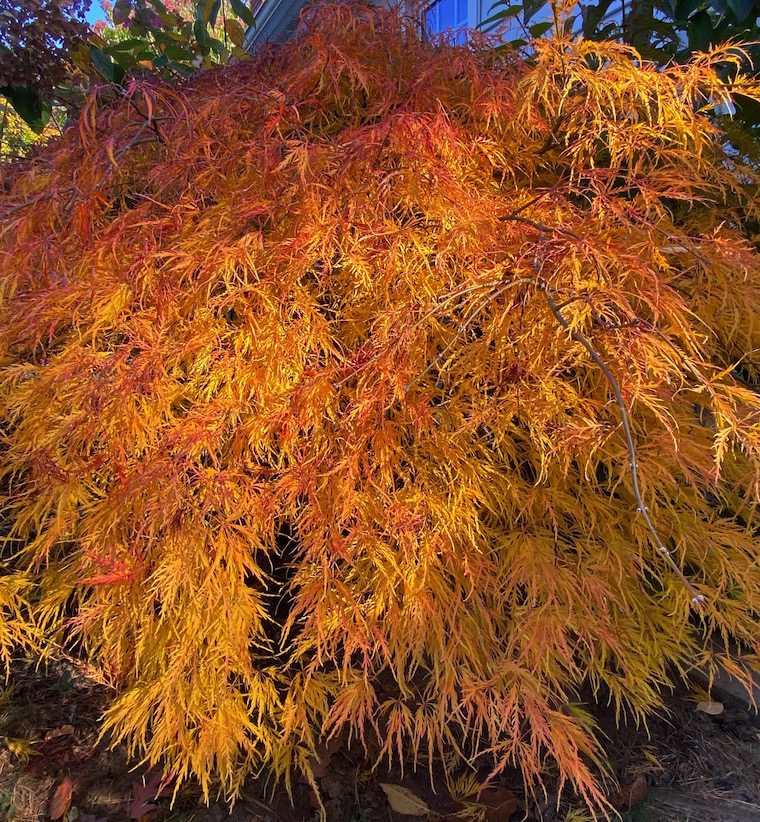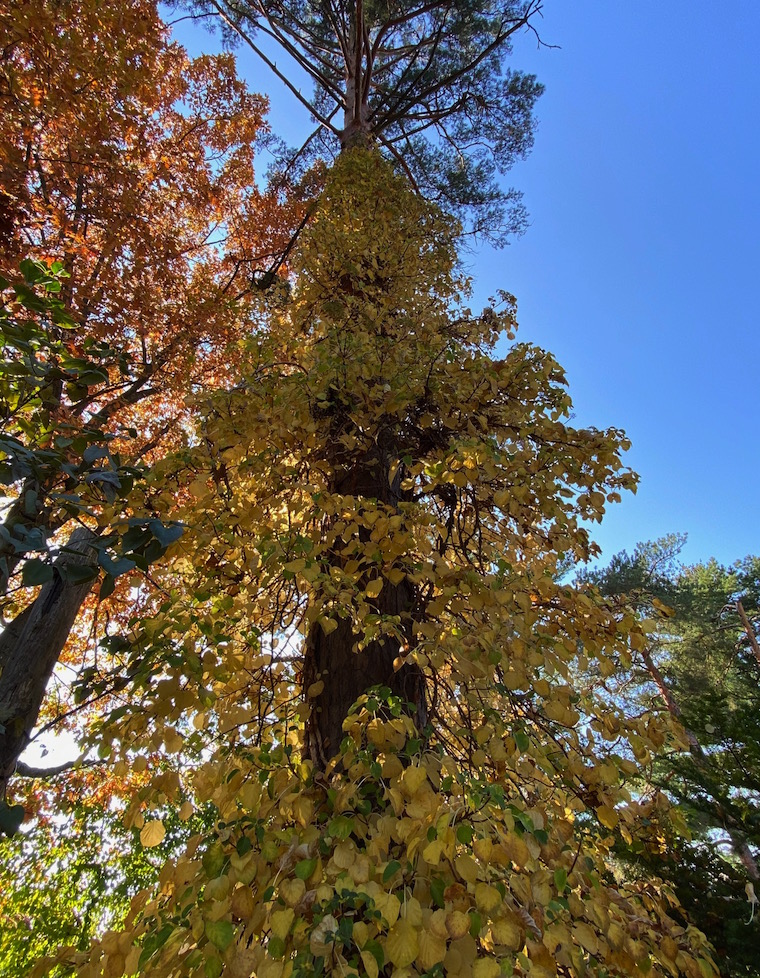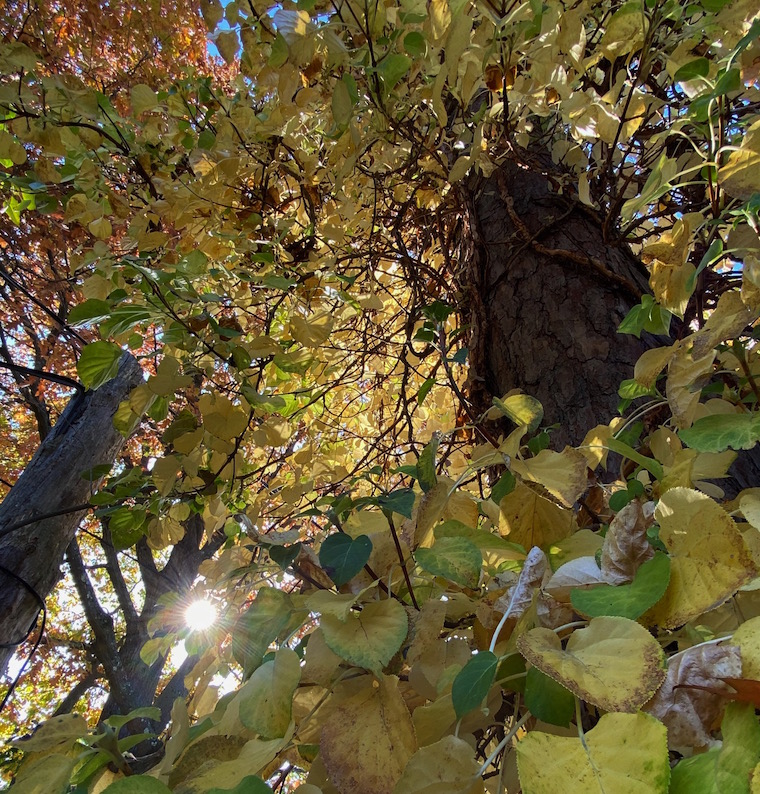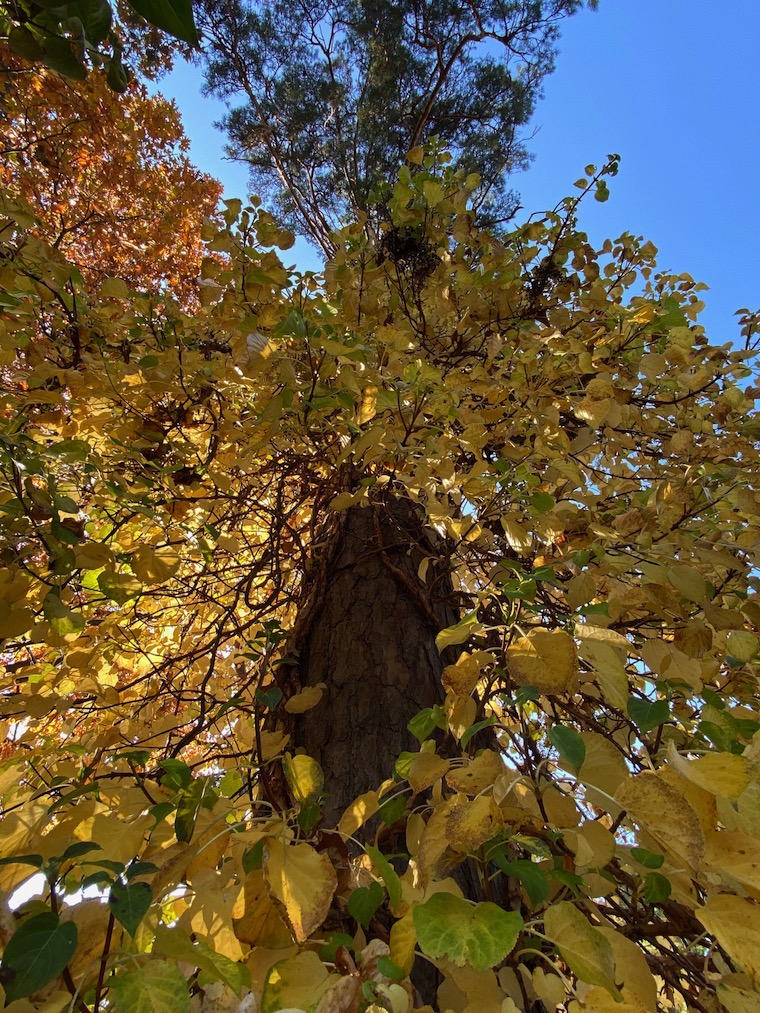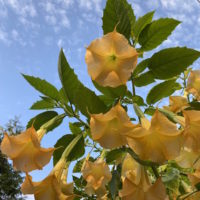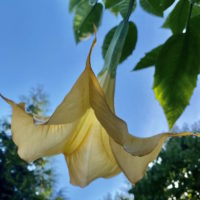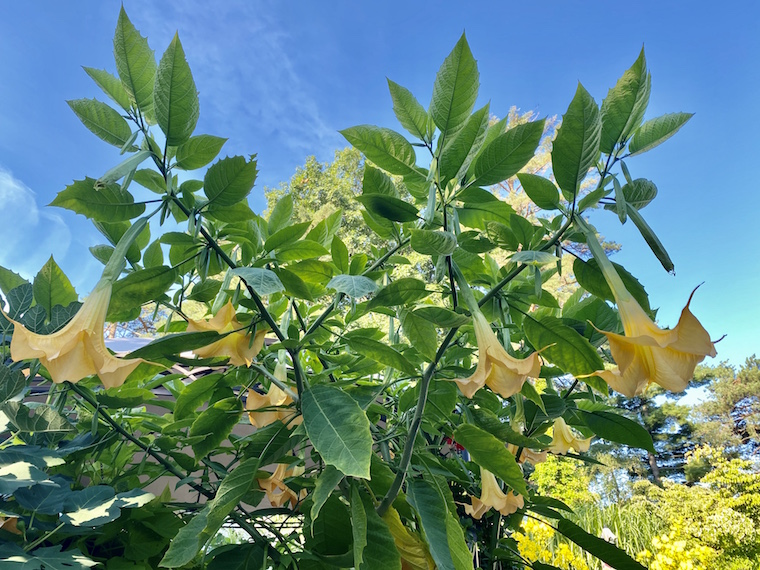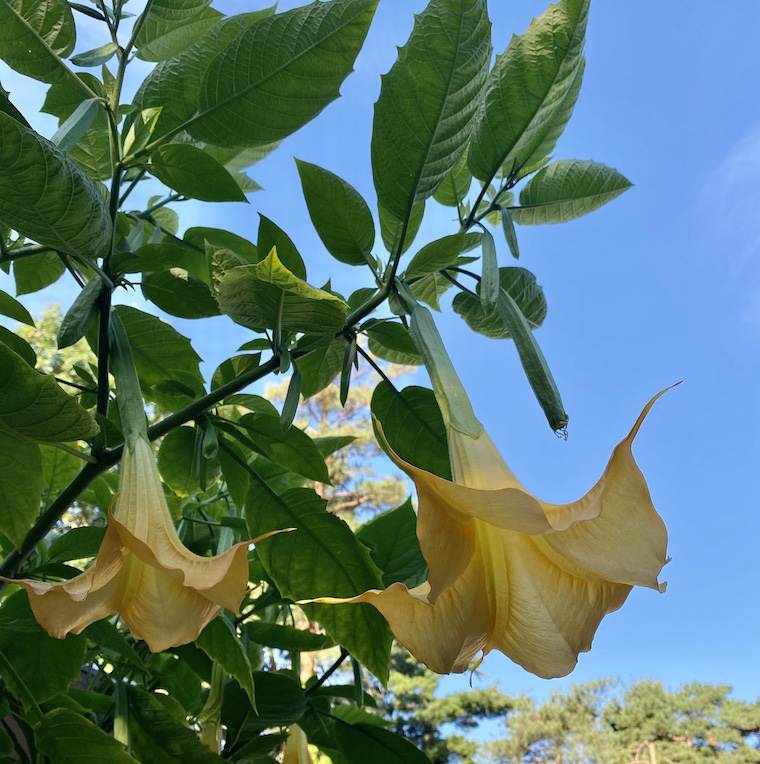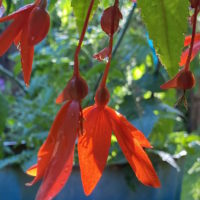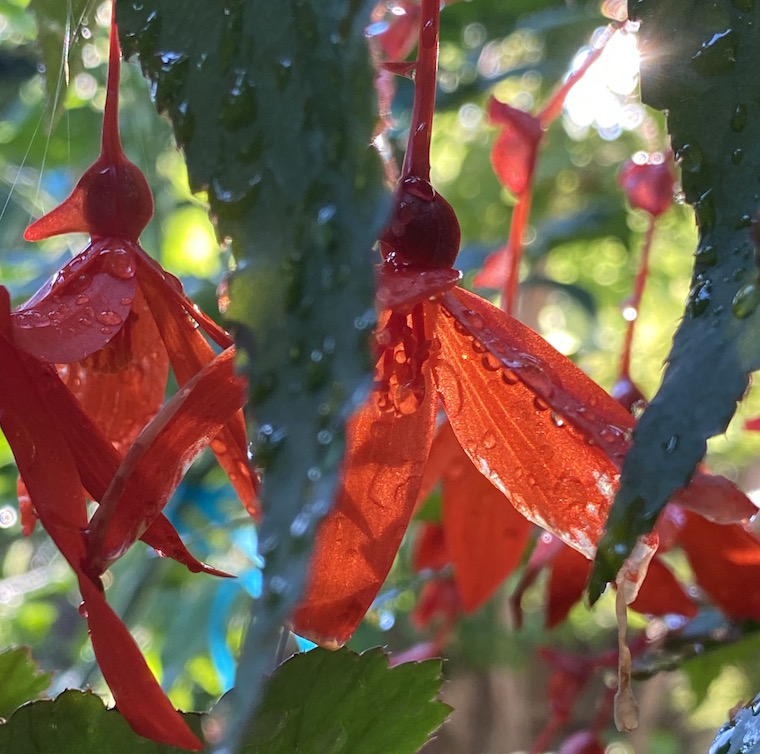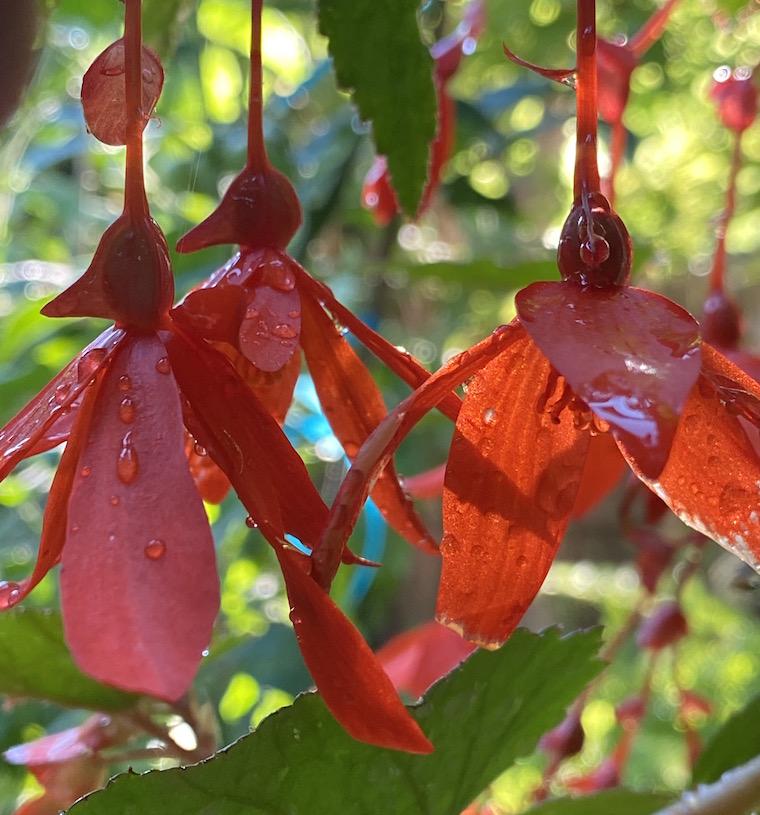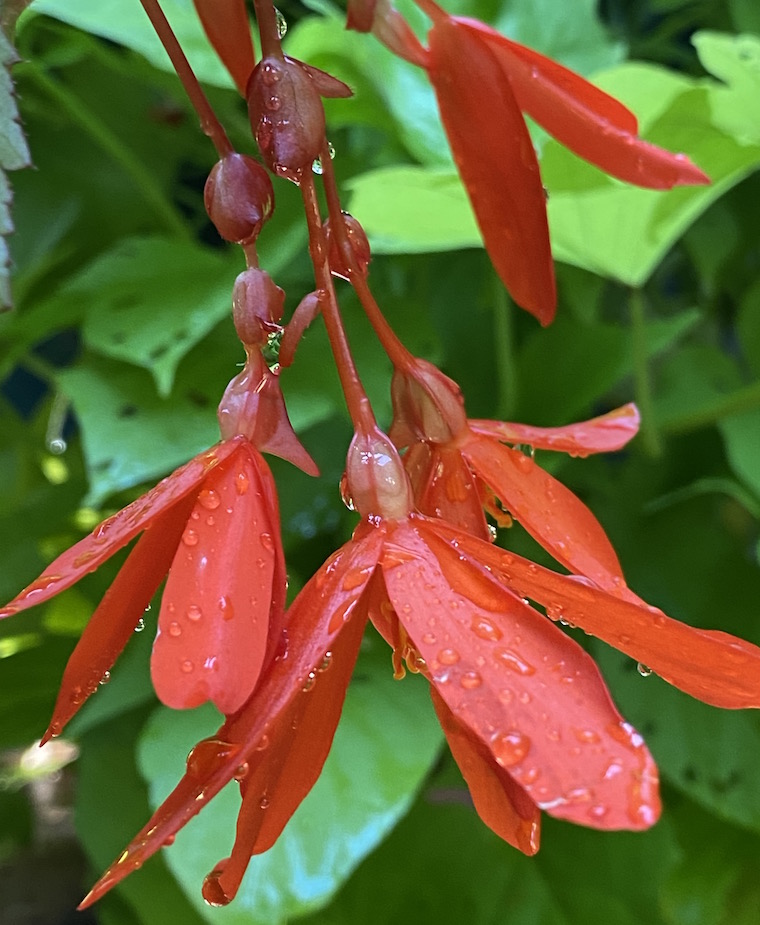When I was just twelve or thirteen years old, I became obsessed with the book ‘Country Flowers’ by Lee Bailey. For a boy at such an age to be consumed by a gardening book is a statement in and of itself, but I didn’t know or care about social constructs at that time, so my love of flowers and gardening and books about such topics was a pure and unmarred source of joy. Luckily for me, that never changed, and though I went through years where I didn’t exactly flaunt or announce how much I loved those things, my love never waned.
At that young age, I was also just learning how to write letters, and on a whim I decided to write Mr. Bailey a letter extending my appreciation for his book and how much it helped me. He was the one who taught me how Digitalis could make for an even more enchanting substitute for the more finicky Delphinium in a garden scheme. He taught me the vast differences in care required by the bearded iris versus the Japanese and Siberian iris. Above all else, he taught me about the grace to be found when one was wholly present in the garden. It was more than practical advice, and I have carried it with me ever since. So as I wrote out my letter by hand, staying within the lined sheet of a standard sheet of school paper, I allowed my feelings to carry forth on my words, unconsciously tying my love of gardening and flowers into a love for writing and correspondence. It all came out, and though I don’t recall exactly what I wrote, I felt confident that sharing it would be some sort of gift for a man who so inspired me.
In those days, circa the mid 1980’s, there was no internet or e-mail or cel phone. I knew he had a summer home in Bridgehampton, as referenced in ‘Country Flowers’ so I dialed up information using our rotary phone on the landline. Back then you could call information and they would give out people’s phone numbers. While on the phone, I asked if the operator could also give me the listed address. Another thing they did back in the day. It was just a street, but I jotted it quickly down on one of my Dad’s medical pads. I would find the zip code and mail it off, praying it found its way into his hands.
It must have done so, for in a few weeks I received a return letter from Mr. Bailey himself, writing how wonderful and rare it was for a boy of my age to already be so entranced by gardening. It was a jolt of inspiration and encouragement, and was probably an integral part of why I have kept gardening and writing close to my heart ever since. It came from a place of purity and shared-passion. A place of kinship and understanding. A place of love.
And so it is in that spirit that I found a copy of ‘Country Flowers’ and will bestow it upon my Mom for her birthday tomorrow. (It’s just one part of her gift, so there are still surprises intact.) She’s been getting more into gardening over the past year or so, and this book was what would see me through the dark winter nights. I could pore over Bailey’s passages on jonquils alone for hours on end, and the dreamscapes of flowers and fields his words conveyed were as good as forcing a few narcissus bulbs. I’m hoping she finds the same joy and inspiration I found in it as a boy.
“One last thing: like most people, I wish I could more often be the person I sometimes am – and I am most often that person in the garden. So in many ways this book represents the best of me.” ~ Lee Bailey

